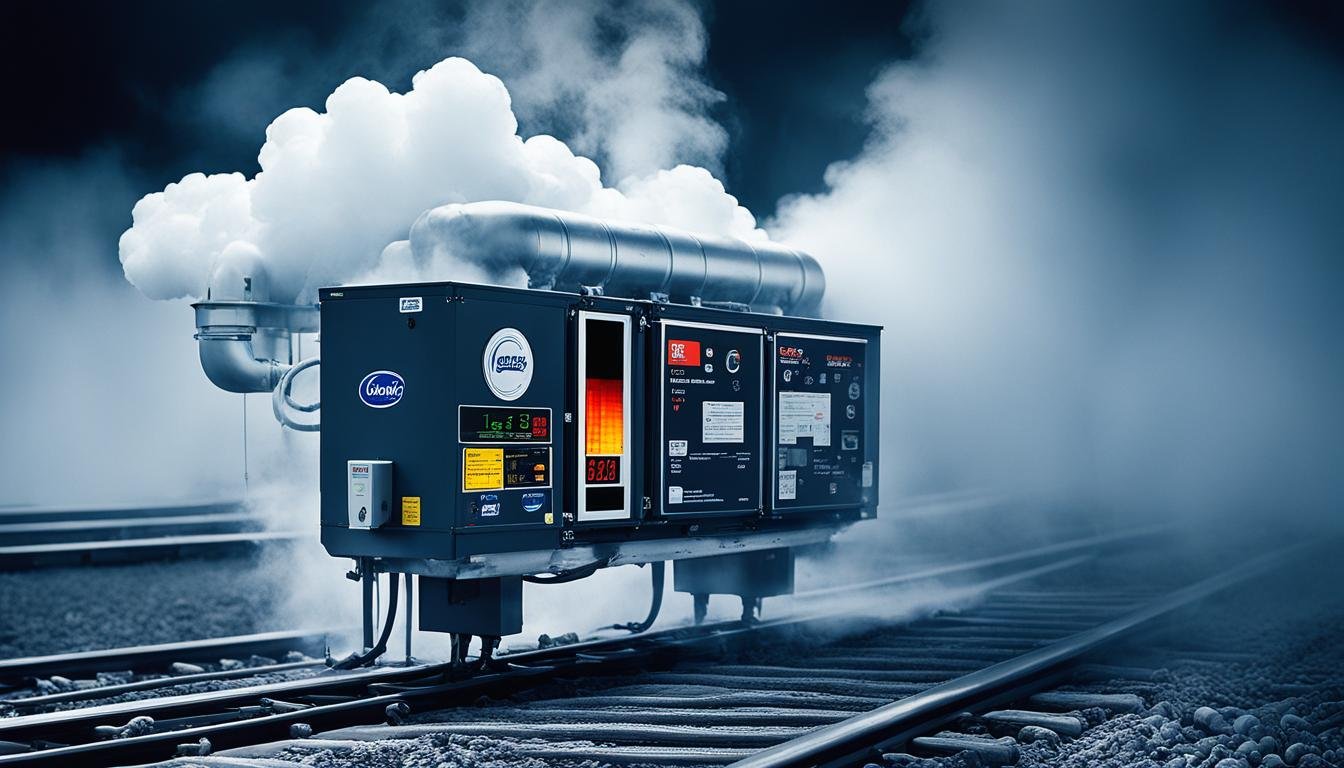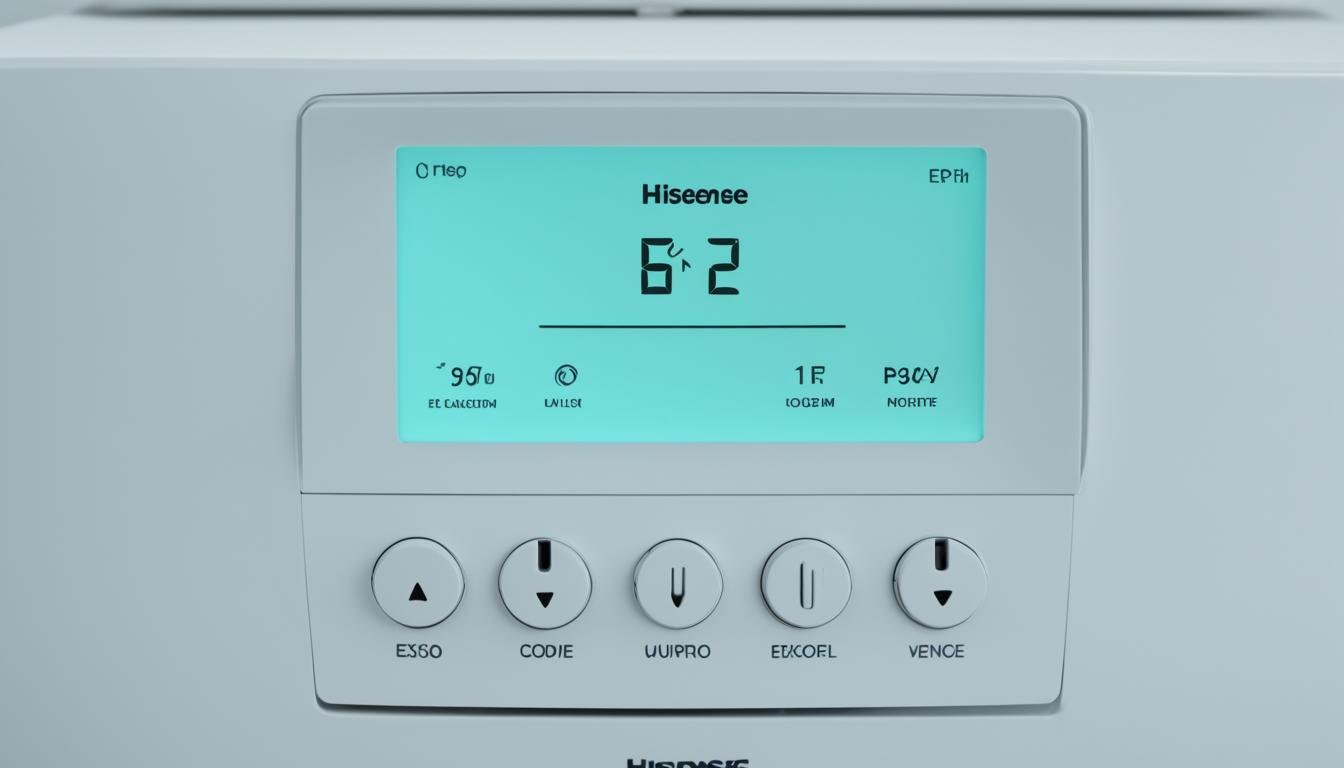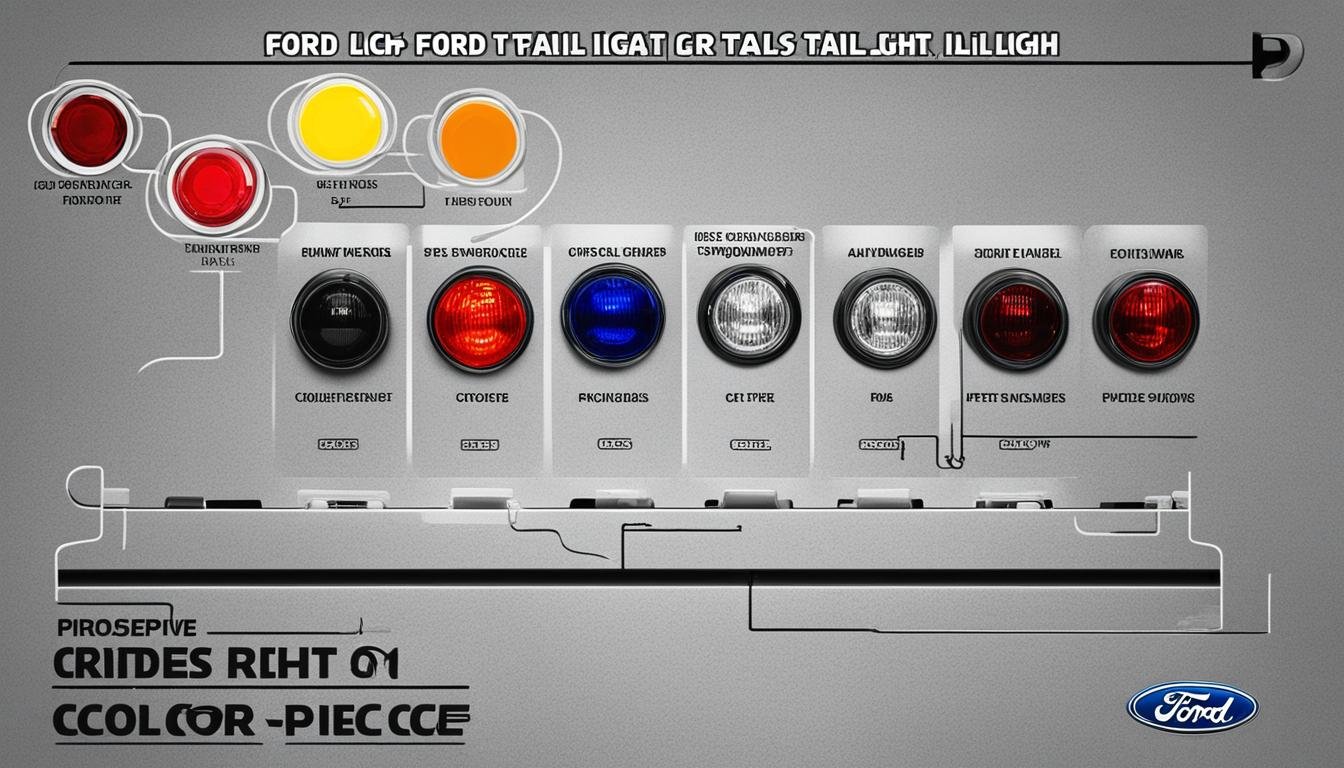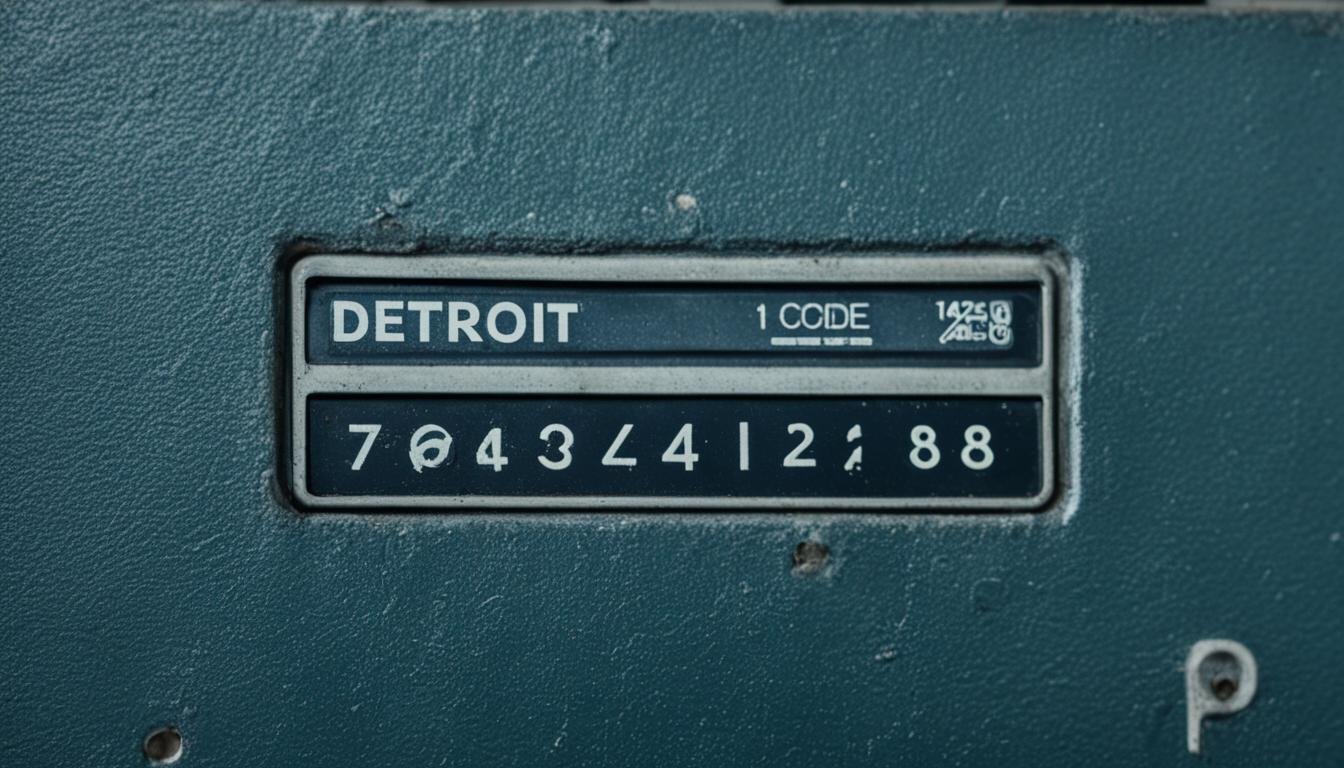Have you ever encountered a Carrier reefer code A13 for high discharge pressure? If so, you know how urgent it is to address this issue promptly to prevent further damage to your refrigeration system. But what could be causing this high discharge pressure, and how can you troubleshoot and fix it?
In this article, we will delve into the common causes of high discharge pressure in Carrier reefers and provide you with valuable tips and insights into resolving this problem. From troubleshooting the UL2 circuit to checking system pressures and inspecting the condenser coil, we will explore various steps you can take to bring the discharge pressure back to optimal levels.
So, if you’re ready to find the answers and ensure the smooth operation and longevity of your Carrier reefer, let’s dive in!
Key Takeaways
- Carrier reefer code A13 for high discharge pressure requires prompt troubleshooting to prevent further damage.
- Common causes of high discharge pressure include problems with the UL2 circuit, broken wires, cooling medium issues, fouled condensers, overcharging, and noncondensables.
- Regular maintenance, such as inspecting condenser coils and checking system pressures, is crucial for resolving and preventing high discharge pressure issues.
- By following the troubleshooting steps outlined in this article, you can bring the discharge pressure in your Carrier reefer back to optimal levels and ensure efficient operation.
- Don’t ignore high discharge pressure in your Carrier reefer – take action to avoid compressor damage and maintain the performance of your refrigeration system.
Common Causes of High Discharge Pressure in Carrier Reefers
When it comes to Carrier reefers, high discharge pressure can be caused by several common factors. Understanding these causes is crucial for effective troubleshooting and maintenance of refrigeration systems. Let’s explore the main culprits:
- Inadequate or Excessively High-Temperature Cooling Medium: When the cooling medium flowing across the condenser is inadequate or excessively hot, it can contribute to high discharge pressure. Suboptimal cooling medium conditions hamper the heat rejection process and lead to an increase in discharge pressure.
- Fouled Condenser: A fouled condenser occurs when dirt, debris, or other contaminants accumulate on the condenser coil. This buildup hinders the efficient transfer of heat and results in elevated discharge pressure. Regular cleaning and maintenance of the condenser coil are essential to prevent this issue.
- Overcharge of Refrigerant: An overcharge of refrigerant refers to an excess quantity of liquid refrigerant in the system. This overabundance of refrigerant takes up condensing space and can cause high discharge pressure. Ensuring proper refrigerant charge levels is necessary to avoid this problem.
- Trapped Noncondensables: Noncondensables such as air or other gases trapped in the condenser can impede the heat transfer process, resulting in elevated discharge pressure. It is vital to remove these noncondensables from the system through proper purging and evacuating procedures.
Identifying these issues requires visual inspections, regular maintenance, and measuring subcooling values. By addressing these common causes of high discharge pressure, Carrier reefers can be brought back to optimal operating conditions, ensuring efficient and reliable performance.
Conclusion
Resolving the issue of high discharge pressure in Carrier reefers requires thorough troubleshooting and regular maintenance. By addressing common causes such as problems with the UL2 circuit, broken wires, cooling medium issues, fouled condensers, overcharging, and noncondensables, the discharge pressure can be brought back to optimal levels.
Regular inspections, cleaning of condenser coils, and checking system pressures are essential for preventing and resolving high discharge pressure. By following these steps, refrigeration systems can operate efficiently and avoid compressor damage. Regular maintenance and prompt action are key to ensuring the longevity and optimal performance of Carrier reefers.
Addressing high discharge pressure in Carrier reefers is crucial for maintaining the reliability of the refrigeration system. By implementing troubleshooting techniques and conducting regular maintenance, potential issues can be identified and resolved promptly, preventing costly breakdowns and ensuring the smooth operation of Carrier reefers.
FAQ
What is the Carrier reefer code A13 for high discharge pressure?
The Carrier reefer code A13 indicates a problem with high discharge pressure in the refrigeration system of a Carrier reefer.
What are common causes of high discharge pressure in Carrier reefers?
Common causes of high discharge pressure in Carrier reefers include inadequate or excessively high-temperature cooling medium, fouled condensers, overcharging of refrigerant, and the presence of noncondensables in the condenser.
How can I troubleshoot high discharge pressure in Carrier reefers?
Troubleshooting high discharge pressure in Carrier reefers involves conducting visual inspections, checking refrigerant levels, measuring subcooling values, inspecting the UL2 circuit, and checking for broken wires. It is also essential to inspect the condenser coil for debris or fouling, ensure proper airflow through the radiator or condenser coil, and examine switch wiring and the high-pressure switch.
How can I fix high discharge pressure in Carrier reefers?
To fix high discharge pressure in Carrier reefers, it is important to address the underlying causes. This may involve resolving issues with the UL2 circuit, repairing broken wires, addressing cooling medium problems, cleaning fouled condenser coils, correcting refrigerant overcharge, and removing noncondensables from the condenser. Regular maintenance, including inspections and cleaning of condenser coils, is also crucial in preventing and resolving high discharge pressure.
Why is it important to resolve high discharge pressure in Carrier reefers?
Resolving high discharge pressure in Carrier reefers is important to prevent further damage to the refrigeration system, particularly the compressor. Maintaining optimal discharge pressure ensures the efficient operation and longevity of the reefers, avoiding costly repairs and downtime.






Leave a Reply